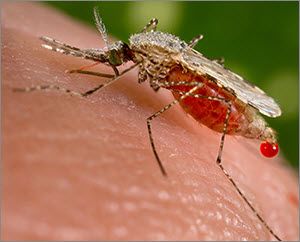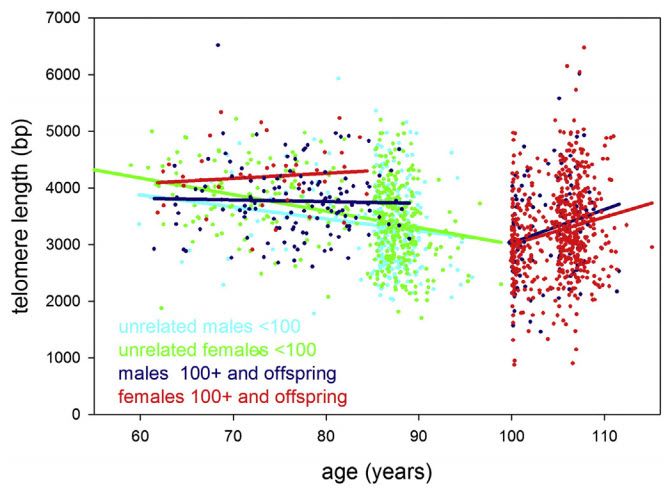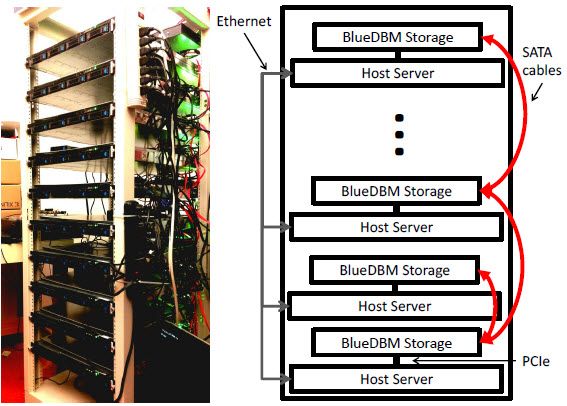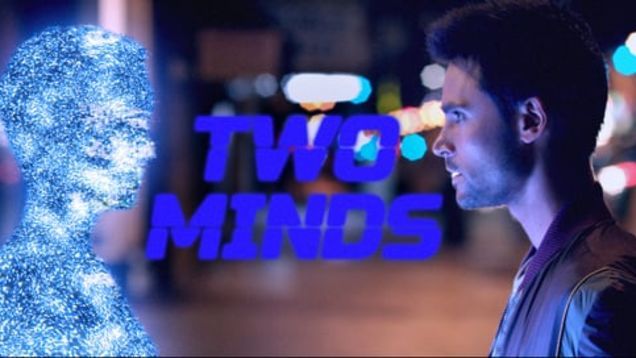In 1989, an 18-year-old South African named Elon Musk approached a girl at a party in Canada, where he was attending college, and said, “I think a lot about electric cars. Do you think about electric cars?”
That anecdote, one of scores that make up Ashlee Vance’s biography of the 44-year-old entrepreneur, is telling. Long before Musk parlayed the $US165 million he made for his part in developing the internet-banking giant PayPal into the more than $US11 billion that underwrite Musk Industries today, he was thinking ahead, envisioning a world that merged science with science fiction, a real world that he, the hero of this story, would bring to fruition.








